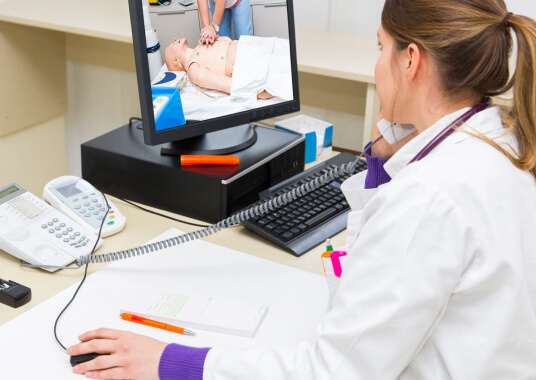Menu
Menu
CPR, First Aid, BLS, ACLS, PALS certifications.



$14.95 $24.90
| Chapters | CE Credits | Validity | Cost | Duration | ECC | Exam Attempts | Wallet Card |
|---|---|---|---|---|---|---|---|
| 12 | 4.0 | 2 Years | $14.95 | 1-2 Hrs | Compliant | Unlimited | Download/Print/Mail |
Before beginning CPR, follow these initial steps:
*Note: For CPR emergencies, an adult is anyone who is going through or gone through puberty.